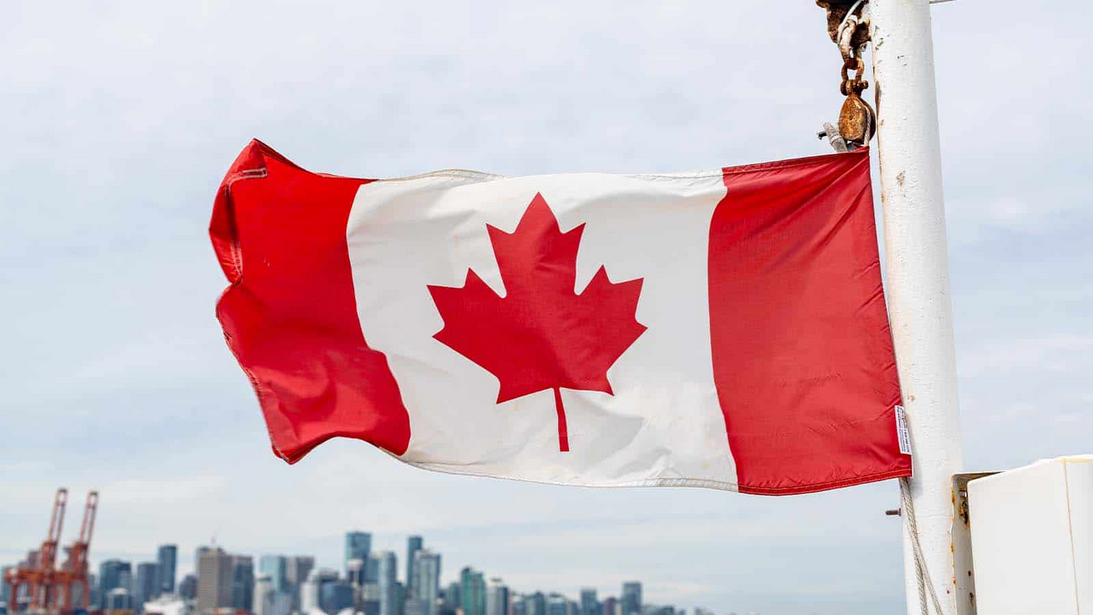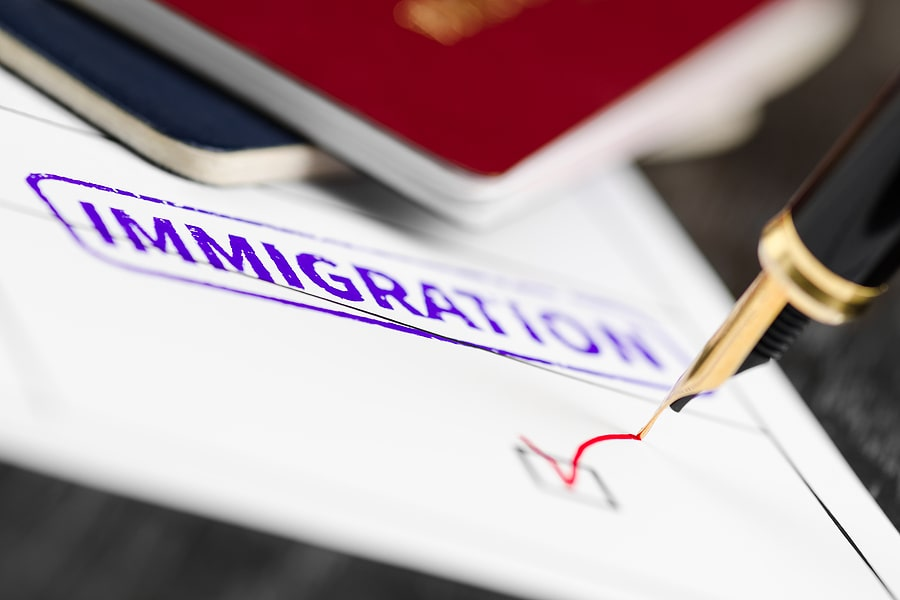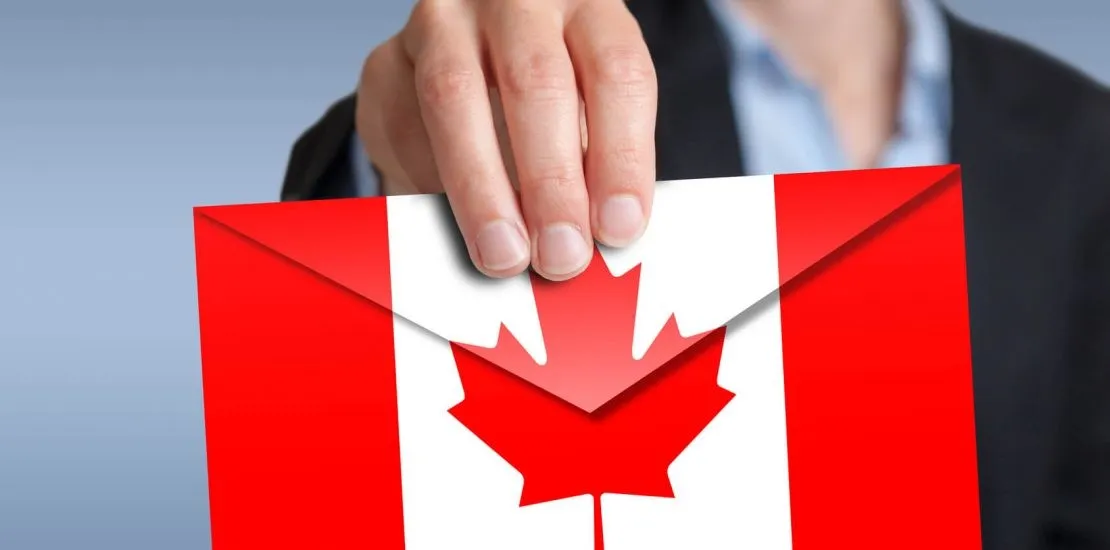Updated on February 28, 2025 by canadian immigration experts

In This Post
ToggleThe Canadian government has announced the official end of flagpoling, a practice commonly used by temporary residents to expedite immigration services at land borders. This significant policy change aims to reduce border congestion, enhance national security, and promote digital immigration systems.
Here’s a detailed breakdown of what flagpoling entails, why it’s being phased out, and how this shift affects international students, workers, and visitors in Canada.
What is Flagpoling?
Flagpoling refers to the practice where temporary residents in Canada—such as international students, workers, and visitors—travel to a land border with the United States, exit Canada, and immediately re-enter to complete immigration services.
Key Purposes of Flagpoling:
- Renewing or updating immigration status.
- Activating or renewing work permits and study permits.
- Finalizing permanent residency landing procedures.
This process allowed individuals to bypass lengthy online or in-office processing, completing their immigration needs in a single day at the border.
Why is Flagpoling Ending?
Immigration Minister Marc Miller outlined several reasons for discontinuing flagpoling:
- Reducing Border Congestion
Canada-U.S. land borders handle immense trade and travel volumes daily. By eliminating flagpoling, Canada aims to ease traffic at border crossings and ensure smoother operations. - Addressing U.S. Concerns
U.S. authorities view flagpoling as disruptive, often referring to it as an “irritant” because many individuals engaged in flagpoling have no intention of entering the U.S. This practice complicates operations on the American side. - Enhancing Immigration Oversight
Changes to the Immigration and Refugee Protection Act (IRPA) empower Canadian officials to:
- Cancel or suspend immigration documents when necessary.
- Prevent individuals posing potential risks from entering or remaining in Canada.
- Crack down on migrants who use flagpoling as a loophole to enter the U.S. illegally.
Promoting Digital Immigration Services
The end of flagpoling aligns with Canada’s push toward digital transformation in immigration services. By promoting online applications, the government aims to streamline processes, reduce manual interventions, and enhance security.
What Are the Impacts of Ending Flagpoling?
This policy shift affects temporary residents and the immigration landscape in several ways:
1. Longer Processing Times
Without the option of immediate border services, individuals must rely solely on online applications for renewing work permits, study permits, or visitor visas. Delays may occur if demand surges or online systems experience backlogs.
2. Increased Pressure on Digital Systems
Canada’s immigration portals may face heightened traffic as more people submit applications online, potentially slowing processing times or causing technical disruptions.
3. Reduced Flexibility for Urgent Cases
Flagpoling offered a quick solution for those facing urgent immigration status changes. Without it, individuals must meticulously plan renewals well in advance to avoid complications.
4. Enhanced Border Security
On a positive note, this policy strengthens Canada’s border security and formalizes immigration processes, ensuring all applications go through standardized channels with greater oversight.
How to Adapt to the New Immigration Process
Temporary residents can successfully navigate this transition by adopting proactive strategies:
1. Plan Ahead
- Submit applications for renewals or status changes well before expiry dates.
- Anticipate longer processing times by applying at least 4-6 months in advance.
2. Leverage Online Resources
- Use Canada’s official immigration website (IRCC) to stay informed about policy updates.
- Regularly monitor application timelines and immigration news.
3. Consult Immigration Experts
- Engage licensed Canadian immigration consultants or lawyers to ensure applications are filed correctly and on time.
- Professionals can help identify alternative pathways and manage complex cases.
Who Will Be Most Affected?
The discontinuation of flagpoling primarily impacts:
- International Students – Those needing study permit renewals or transitions to post-graduation work permits.
- Foreign Workers – Individuals renewing or changing employment-based visas.
- Permanent Residency Applicants – Finalizing the landing process at the border is no longer an option.
Frequently Asked Questions About Flagpoling
- Can I Still Complete Immigration Services at the Border?
No. Immigration services will transition fully to online platforms or designated offices. Applicants must use digital channels or apply through IRCC. - How Long Will Online Processing Take?
Processing times vary depending on the application type. Current estimates for work or study permits range from 8 to 16 weeks, depending on workload and applicant volume. - What if I Have an Urgent Immigration Need?
For urgent cases, seek advice from licensed immigration professionals. Emergency processing may be available in specific scenarios.
Conclusion: Embracing the New Immigration Norm
The end of flagpoling signifies a transformative shift in Canada’s immigration landscape. While this move streamlines border operations and enhances security, it places greater emphasis on digital processing and advance planning for temporary residents.
Adapting to this change requires awareness, preparation, and the right resources. By staying informed and proactive, temporary residents can successfully manage their immigration status without interruption.
For expert guidance, reach out to licensed Canada immigration consultants at Jane Katkova and associates who can help you navigate Canada’s evolving immigration policies with confidence.
You Might Also Like
- Canada Immigration PR Application Fees Hike By IRCC 2024
- New Canada-U.S. Border Crossing Hours, Starting Jan 6, 2025
- IRCC Processing Fees Hike for Temporary Resident Applications
- Permanent Residence Pathway for Recent Graduates from Canadian Institutions
- Your Guide to Visiting Canada with a Temporary Resident Visa (TRV)
- Why Millionaire Entrepreneurs Are Moving to Canada?
- Canada’s New Work Permit Extension Policy for PNP Candidates (2024 News)
- Canada Tourist Visa Policy Updates : What Travelers Need to Know







